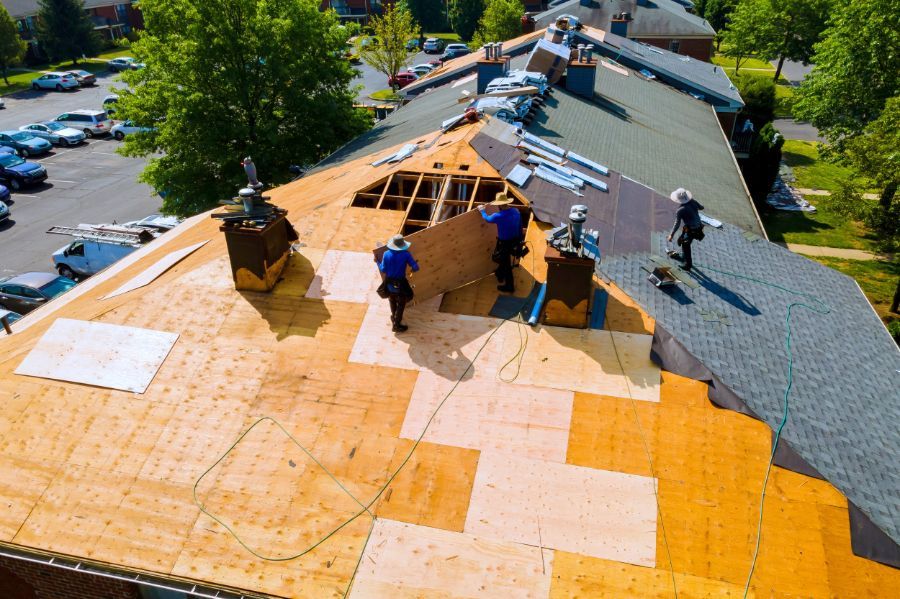3 Signs You Need To Replace Your Property's Roof

A deteriorating roof can lead to expensive repairs and strain the relationship with your tenant. This, in turn, prolongs vacancies and harms your bottom line. The key is discovering the problems before they become too big to ignore.
Below, we’ve gathered the three signs that show it's time to replace your rental property’s roof.
Sign 1: Visible Damage
Possibly the clearest sign that a roof needs to be replaced is visible wear. Keep an eye out for missing shingles or cracked tiles. While it looks cosmetic, if the edges of the roof begin to curl or there are areas of the roof that are sagging, it can oftentimes be a sign of underlying structural problems. Roofs generally have a lifespan of twenty to twenty-five years for shingled roofs, while tile roofs have a more varied lifespan, though generally they last between thirty and fifty years.
If you ignore the visible damage, it can lead to water intruding into the attic and walls. This can result in tenants complaining about said leaks in the short term; however, if not fixed, the added moisture can cause water damage to the drywall and framework of the home. It is also a breeding ground for mold and mildew, which can lead to your rental becoming uninhabitable. Routine inspections of your roof should be done seasonally in order to spot these signs early. Rental properties where the landlord does not live on the property or have
on-site managers tend to miss these crucial early signs.
Sign 2: Recurring Leaks
A single roof leak can be the result of debris blown by the wind, pest damage, or an accidental puncture, though if your roof leaks repeatedly, it may be time to consider a replacement. Recurring leaks and water stains on the ceiling or the higher parts of the wall may indicate widespread roof failure, and not just trouble spots. As previously mentioned, this water intrusion can lead to mold and mildew, which can be harmful to your tenants. The water can also rot wood and damage your rental’s insulation. These costs can compound the longer you wait.
These unresolved leaks can frustrate your tenants and risk potential lease renewals. Tracking water damage across multiple properties can be even more stressful without a system in place. It's not uncommon for landlords to work with professionals who have the resources needed to monitor these patterns and recommend when to schedule repairs before the problems affect your tenants.
Sign 3: Expensive Energy Bill
If you notice your property’s heating and cooling costs have increased significantly, the roof may be the culprit. Poorly insulated roofs force the HVAC system to work much harder to maintain desired temperatures. Having good tenant communication is crucial in preventing further damage. If your tenant makes a complaint that their energy bill is suddenly significantly higher, make sure to have an inspection of the house done. This is a symptom of a number of problems with your rental, and a damaged roof is a significant one. In multifamily rental properties, these problems can quickly compound as the damage can spread to multiple units.
Replacing an old or inefficient room can improve energy efficiency while reducing tenant complaints. A recently replaced roof can also be an enticing selling point to
prospective tenants, as it improves curb appeal and energy efficiency.
Knowing when to replace your roof is one of the most important steps to protecting your investment property and avoiding tenant satisfaction. Recognizing the signs of a damaged roof can save you thousands in repairs while maintaining steady rental income. If you need help inspecting your properties for damaged roofs or you need help managing your Beach City rental property, we invite you to call us today at (562) 888-0247 or complete our
Owner Application online.





